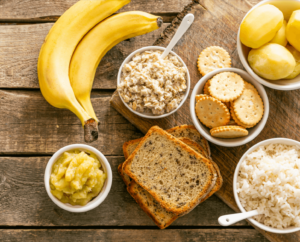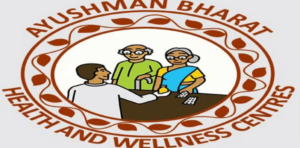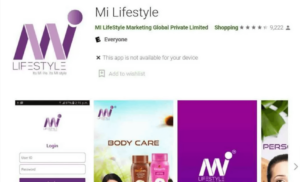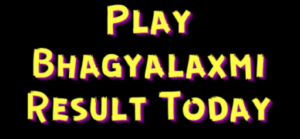The Dash Diet to Lower High Blood Pressure
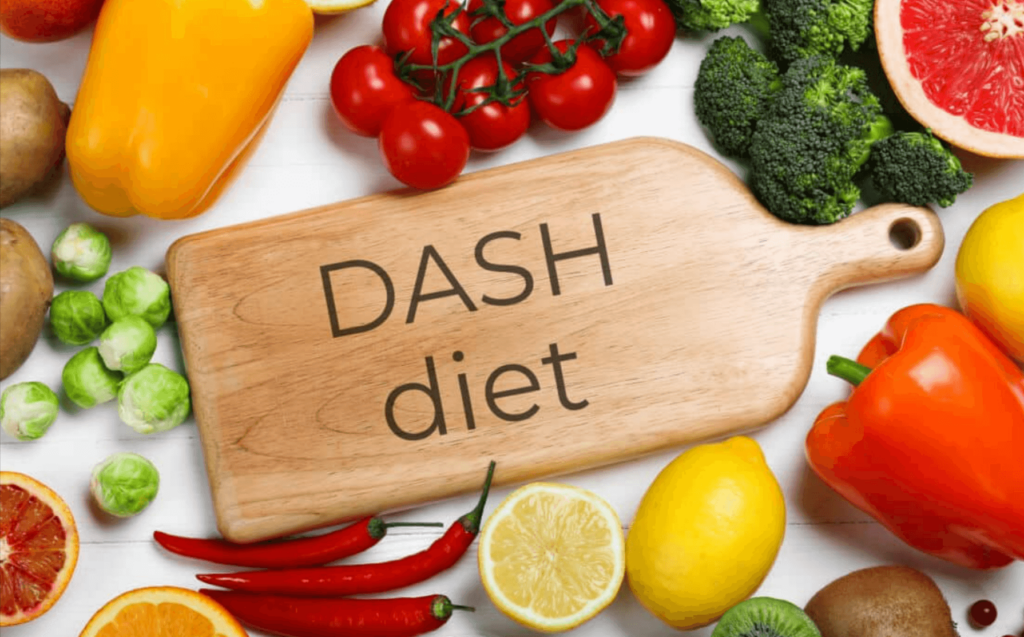
Dash Diet
What is the DASH diet?
Dash Diet: The Dietary Approaches to Stopping Hypertension (DASH) diet is based on two studies, DASH and DASH-Sodium, which looked at lowering blood pressure through dietary changes. In the DASH study, people were given one of three meal plans. In other words, it’s a diet plan similar to that of most Americans. The plan is the same but lots of vegetables and fruits are added. or the DASH diet, which is high in vegetables, fruits, and low-fat dairy products and low in saturated fat, total fat, and cholesterol.
The results are surprising. Both foods rich in vegetables and fruits and the DASH diet lower blood pressure.The DASH diet had a significant effect on blood pressure, which decreased within two weeks of starting the plan. Not only did it lower blood pressure, but it lowered total and low-density lipoprotein (LDL) cholesterol as well as “bad” cholesterol.
In the DASH-Sodium study, participants were given one of three sodium plans: the DASH diet, which contains 3,300 mg of sodium per day (which is enough for many North Americans); 2,300 mg sodium (small amounts); or 1,500 mg of sodium (a smaller amount, about two-thirds of a teaspoon of salt). Everyone who followed the DASH diet had lower blood pressure. However, the lower the salt intake, the greater the effect on blood pressure. People with high blood pressure
Blood pressure drops significantly.
Why is healthy blood pressure important?
High blood pressure makes the heart work harder to pump nutrient- and oxygen-rich blood around the body. The veins that carry the blood dilate and lose their elasticity. These changes happen to everyone as they age, but they happen faster in people with high blood pressure. When the muscles stiffen, the heart has to work harder, the heart muscle becomes stiffer, weaker and less able to pump blood. If high blood pressure damages the arteries, the arteries cannot heal.
It provides blood supply to the organs for proper functioning. As a result, the organs are damaged again. For example, this type of damage can affect the heart, which can affect the heart, the brain, which can cause disease, and the kidneys, which can cause kidney disease.
DASH meal plan
DASH Food Groups:
- vegetables
- product
- Cereals (mainly whole grains)
- Low-fat or fat-free dairy products
- Lean meat, chicken, fish
- nuts, seeds, dried beans
- fat and oil
DASH Dose size Daily (except where specified) and sample.
- Vegetables: 4-5 servings
- 250ml (1 cup) fresh leafy greens
- 125 ml (½ cup) cooked vegetables
- Yield: 4-5 servings
- 1 linguistic product
- 63 ml (¼ cup) dried fruit
- 125 ml (½ cup) fresh, frozen or canned fruit
- Grains (mainly whole grains): 7 to 8 servings
- 1 slice of bread
- 250 ml (1 cup) ready-to-eat cereal
- 125ml (½ cup) rice, pasta or butter
- Low-fat or fat-free milk: 2-3 servings
- 250 ml (1 cup) milk
- 250 ml (1 cup) yogurt
- 50 g (1½ oz) cheese
- Lean meat, poultry, fish: no more than 2 servings
- 3 ounces cooked lean meat, skinless chicken, or fish
- Nuts, seeds and dried beans: 4-5 servings per week.
- 1/3 cup (1.5 ounces) walnuts
- 30ml (2 tbsp) peanut butter
- 2 tablespoons (1/2 ounce) seeds
- 1/2 cup dried beans or cooked peas
- Fats and oils: 2-3 parts
- 5 ml (1 teaspoon) soft margarine
- 15 ml (1 tablespoon) low-fat mayonnaise
- 30 ml (2 tablespoons) light salad dressing
- 5 ml (1 teaspoon) vegetable oil
How to treat?
Many people need to take medication to control their blood pressure. Lifestyle changes, including a healthy diet and regular exercise, may be the treatment needed for people with high blood pressure. For people who need medication to control their blood pressure, following a healthy lifestyle can reduce the need for and amount of medication.
What’s next?
A healthy lifestyle, including a healthy diet, is part of the Canadian guidelines for controlling high blood pressure. Heart and Stroke contributes to the development of blood pressure guidelines, which are updated annually. To control blood pressure and reduce the risk of heart disease, the guidelines recommend:
- Exercise for 30 to 60 minutes most days of the week.
- Choose more of the following: vegetables, fruit, low-fat or dairy products, whole grains, and protein from a variety of foods, such as beans, legumes, nuts and seeds, lean meat, poultry, and fish. Limit fast and processed foods because they are high in sodium and saturated fat.
- If you are overweight, lose 5 kg and your blood pressure will drop. Lowering your weight into a healthy range for your age and gender can lower your blood pressure. Eat less salt:
- Reduce salt in the kitchen and at the table
- Avoid highly processed foods
- Selection of fresh vegetables and/or fruit
- Avoid canned and cooked foods with a high salt content
- Read the Nutrition Facts label on food packages for sodium content
- If you use other spices such as herbs, spices, lemon juice or garlic when you prepare the food.
- If you drink alcohol, limit it to two drinks a day, 10 drinks a week for women, and three drinks a day to 15 drinks a week for men. (when driving, taking drugs or other drugs that interact with alcohol, being pregnant or planning to become pregnant, making important decisions, doing dangerous physical activity, living with alcoholism, not drinking alcohol when you are in a bad mental or physical state). health, because you may be in danger or responsible for the safety of others.
- If you are concerned about the effect of alcohol consumption on your health, talk to your doctor).
- Quit smoking If you have high blood pressure, it is important to stop smoking. Smoking increases the risk of developing heart problems and other diseases. Keep your home and workplace smoke-free.
- Take your medicine exactly as prescribed.
- Monitor your blood pressure regularly.
- Avoid drinking drinks with added sugar. Instead, choose drinking water, low-fat milk, and tea.
Changing your diet represents a lifelong commitment to making better lifestyle choices. People who make small changes to their diet over a long period of time, rather than making big changes all at once, are more likely to work towards maintaining a healthy diet.
If you’re thinking about starting the DASH diet, talk to your doctor first.
How much salt?
It is recommended not to exceed 2,300 mg of sodium (about 1 teaspoon/5 ml of table salt) per day. The amount of salt we eat isn’t just the amount we sprinkle on our food, it’s also added to processed foods, canned goods, snacks, and restaurant foods.
There are two ways to start the DASH diet
Turn slowly:
- Now, if you eat one or two servings of vegetables a day, add another type of vegetable to your lunch and dinner.
- If you don’t eat fruit now or only drink water for breakfast, add some fruit to your diet or replace all fruit with water.
- Limit meat and alternatives to 6 ounces (170 g) per two meals (2 servings).Each meal is about the size of a deck of cards or the palm of your hand.
- Plant proteins are more selective.
- Choose fruits, vegetables, whole grains or protein foods for dessert and snacks.
- Choose from a variety of foods.




